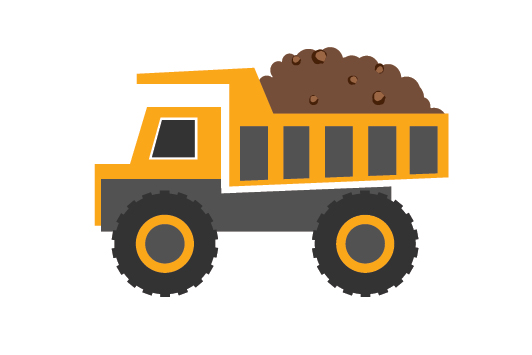
Higher global production in 2016 raises oversupply concerns
De Beers and Alrosa have kept the market balanced, but miners are upping their
output this year
Can the diamond industry absorb all the rough coming out of the ground? Amid
sluggish polished demand and a changing consumer landscape, rough diamond
production hit a nine-year high in 2016, according to Kimberley Process (KP)
data.
Global production by volume rose 5% to 134.1 million carats,
the KP showed, even as De Beers and Alrosa earlier reported lower output for
the year. Caution by the two majors led to a drop in production in Botswana and
Russia respectively, the largest centers for diamond mining.
The boost in supply came instead from the second-tier
producers: Dominion Diamond Corp., Rio Tinto and Petra Diamonds, which are
ramping up production as various expansion programs come to fruition. Their
development projects helped raise output in South Africa and Canada in 2016.
Meanwhile, the Democratic Republic of the Congo (DRC) also boosted the total,
with mainly lower-value diamonds from its predominantly artisanal mining
sector.
Inventory balancing act As such, it was the two majors that kept the market in
balance. Their management has been careful to align supply with demand since
the market slumped in 2015, when manufacturers rejected high-priced rough. In
2016, they focused on selling off excess inventory that had built up during the
previous year’s downturn, and they concomitantly curbed production.
The two companies managed to offload some of that inventory,
since the slump brought down prices, luring manufacturers back to buy. The
average price of global production dropped 15% to $92 per carat in 2016,
according to the KP. As a result, the value of global production for the year
declined 11% to $12.4 billion, despite the overall rise in volumes.
De Beers and Alrosa reduced their rough inventory by about
2.7 million carats each in 2016 as sales exceeded production, while the likes
of Dominion and Petra basically sold what they mined. Consequently, inventory
shifted back from the mining to the manufacturing sector, as the KP figures
showed.
Rapaport’s measure of global rough diamond consumption — the
net amount of goods that entered the market — rose 10% to 132.7 million carats
for the year, based on the KP data.
Further increases in 2017 The trend is expected to continue in 2017, as the volume of
rough entering the market rose significantly in the first half. Imports to
Belgium and India both increased 18% year on year during the six months,
according to Rapaport records.
The mining companies are also gearing up for sustained rough
supply, with each of the top five companies planning to raise production. New
mines that have come on stream — Gahcho Kué and Renard in Canada, and Liqhobong
in Lesotho — are adding to the pool of rough as well.
As such, Rapaport estimates, global production will increase
by approximately 10% this year.
That leaves the question: Where is all the rough going?
As rough consumption rose in 2016 and sales remained steady
in the first half, manufacturers have increased their polished production and
built up their own inventory. Meanwhile, they’re adjusting to retailers’ lower
inventory requirements as changing consumer habits are driving an overall shift
to lower price points. Excess supply in such an environment is likely to exert
additional pressure on polished prices.
The extent to which manufacturers can carry the load of the
industry’s inventory remains to be seen. The recently published 2016 KP data
and mining plans for this year suggest manufacturers will continue to do so for
the foreseeable future.
Article from the Rapaport Magazine - August 2017. To subscribe click here.